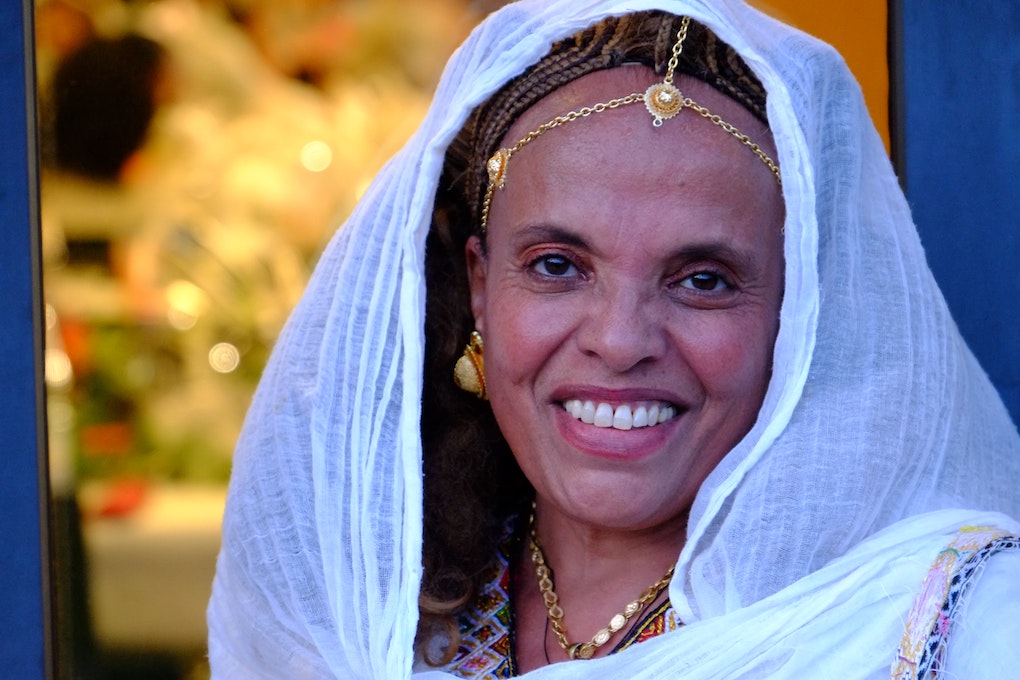Today officially marks the 30th anniversary of Eritrea’s independence from Ethiopia. While the two African nations have many similarities, a result of once being ruled as one, we wanted to highlight a few facts that you may not know about Eritrea.
30% of the Eritrean Freedom Fighters were women
From 1961-1991, Eritrea fought for its independence from Ethiopia. During the war, more than one-third of Eritrea’s army composed of women soldiers. They served alongside their male counterparts in every capacity. But Eritrean women are documented as fighting as far back as 1810 AD.
When women entered the combat arena of war, the Eritrean People’s Liberation Front, later the ruling party, had to make a rapid switch from representing women as fragile, moral, pure and in need of protection— to depicting female fighters of the war of liberation as strong and brave women who were equal to men in every way.
During a secondary war with Ethiopia from 1998-2000 female solider were sadly raped and killed, which led to them being pulled from the frontline to work in non-combat roles.
The original name was Mdree-Bahree
Mdree-Bahree which means Land of the Sea was the original name of what is now Eritrea. The name was given to the sea between the Arabian Peninsula and the continent of Africa, by Greek tradesmen of the third century B.C. In 1890 Italy colonized the land of Midri-Bahri along the Red Sea, and named it Eritrea.
Eritrea has had the same president since 1993
Eritrea’s National Assembly elected Isaias Afwerki as the country’s president and leader. Since then there has not been a national election to select a new leader. It is also said that Afwerki rules the nation as a dictatorship, and many are afraid to contest or oppose the long-time president.
The country has no official language
While several languages are spoken across the country, nothing has been officially adopted. The main languages are Tigirinya, Tigre, and Arabic. The country’s constitution established the “equality of all Eritrea languages.”
The country’s capital, Asmara, is referred to as the Rome of Africa
Over 400 buildings across the capital city feature Italian architecture. This is a result of Benito Mussolini ruling the city and trying to convert it into “Little Rome” during his reign. Notable structures include: Cinema capitol, Keren Casa-del Fascio, Orthodox cathedral, and the villa in Decemhare. Several buildings also still feature the original Italian names.





